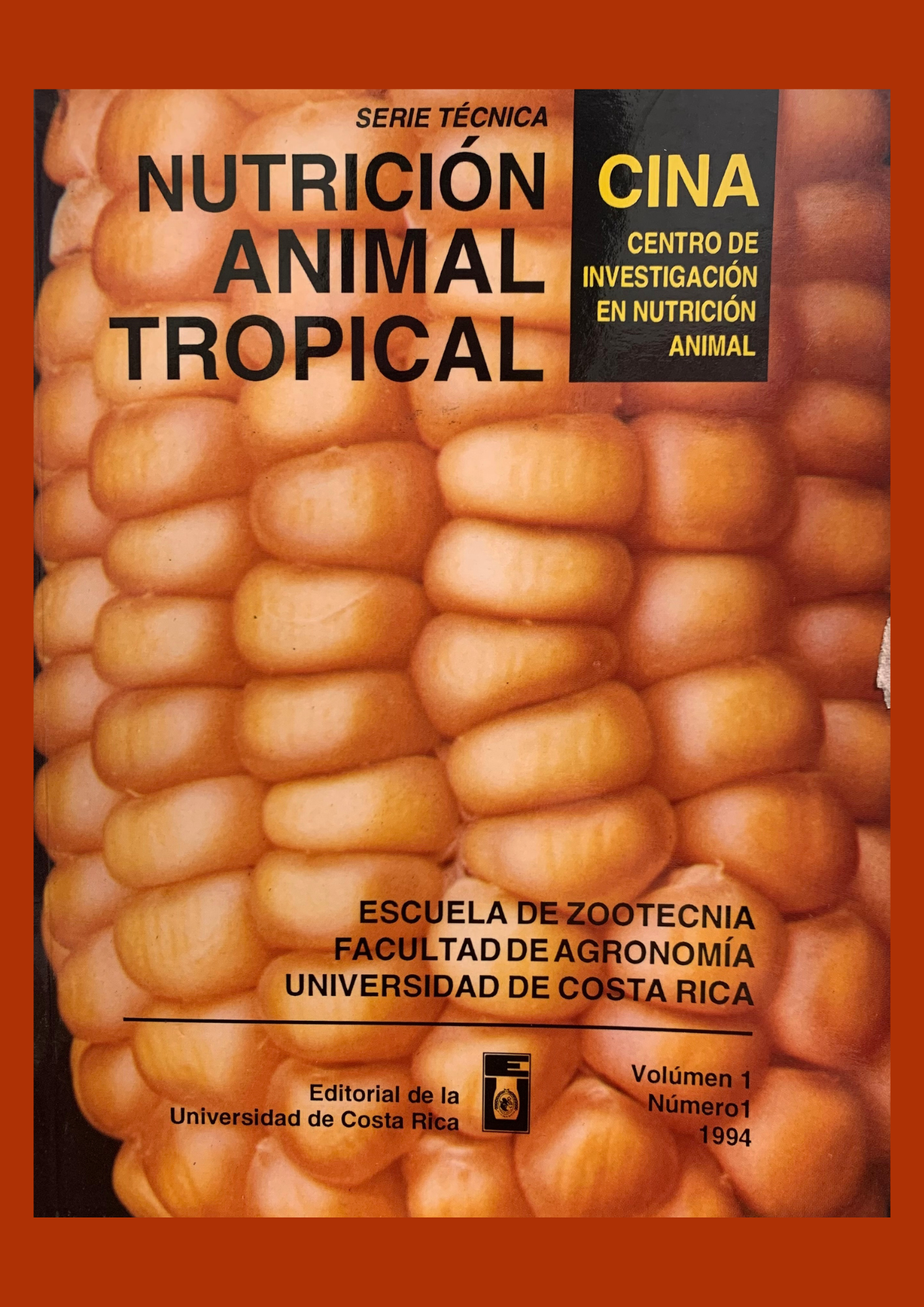Resumen
Milk fever. A review. Milk fever is an imbalance in calcium metabolism affecting specially high producing dairy cows. lt is caused by a reduction in the capacity of hormonal receptors to activate the calcium homeostatic mechanisms. Hence, when plasma calcium level drops below 5 mgll 00 mL the animat dies. Factors aff ecting the animal susceptibility to this metabolic desorder are feed, animal age, breed, level of production and individual factors. Atthough, the average incidence is 3 to 4/" and mortality is low; milk f ever is related to severaldrbeases. Treatment with borogluconate gives excelent results specially if cows are treated durign the first stages of the metabolic desorder. Feeding low calcium diets for two weeks prior to freshening followed bydiets with high contents of this mineralduring lactation help to prevent milk fever. Alternativety, high dosis of vitamin D in the diet orvitamin D analogs injected before parfurition help to prevent it. Acidogenic salts like ammonium cloride, ammonium sulfate, magnesium chloride and calcium chtoride are being also used with success to prevent this metabotic disorder.
